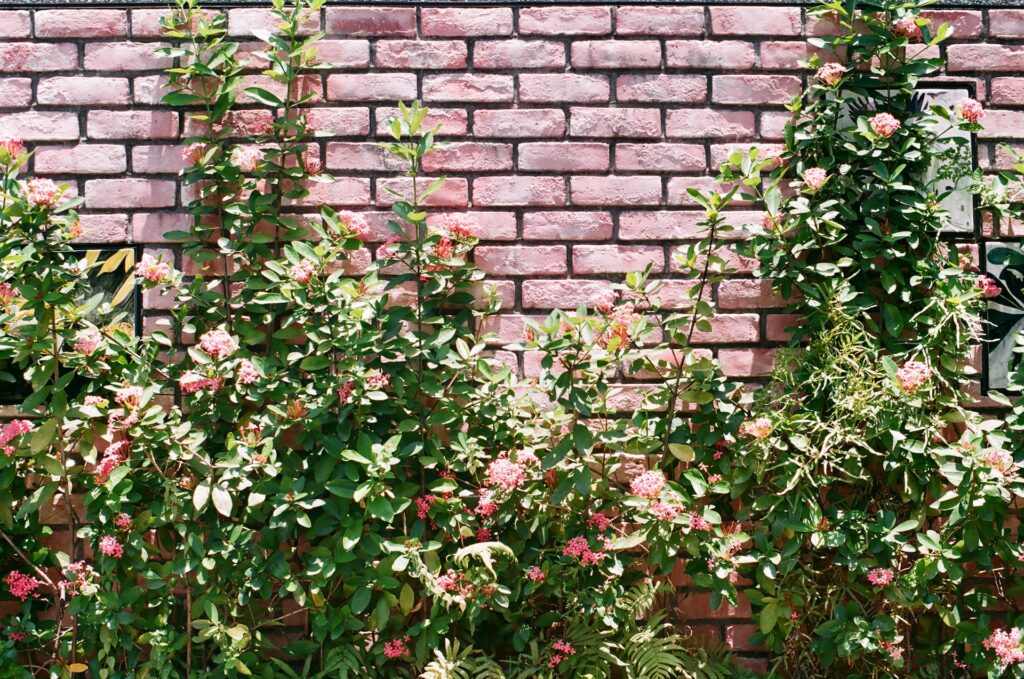The Practical and Aesthetic Importance of Retaining Walls in Yards and Gardens
Whether you’re a homeowner, landscape designer, or DIY enthusiast, retaining walls are an essential element in any garden design.

Retaining walls are one of the most versatile and important features you can add to a garden. Not only do they serve a practical function by holding back soil and allowing for different levels in your landscape, but they also add a touch of style and beauty to your outdoor space. Whether you’re a homeowner, landscape designer, or DIY enthusiast, retaining walls are an essential element in any garden design. In this blog, we’ll explore the different types of retaining walls and materials that you can use to create a stunning, functional garden that you’ll be proud to show off to your friends and family.
There are several different types of retaining walls that you can choose from, depending on your landscape and design preferences. Gravity retaining walls are the most common and are often made from stone, concrete, or brick. They rely on the weight of the wall to resist the pressure of the soil behind it. Cantilever retaining walls use a thinner base and have a thicker vertical section that supports the weight of the soil. These walls are great for uneven or sloping landscapes. Another option is anchored retaining walls, which involve using cables or braces to anchor the wall to the ground. These are great for walls that need to support a lot of weight or pressure, such as those around a pool area.
When it comes to materials for your retaining wall, you have several options to choose from. Stone is a popular choice and can add a rustic, natural feel to your garden. Concrete blocks are another option and are great for modern or contemporary designs. Brick is a timeless choice that can add a touch of elegance to your outdoor space. Wood retaining walls are also a popular option, especially for DIY projects. You can use pressure-treated wood, cedar, or redwood for a natural look that blends in well with the rest of your landscaping.
Retaining walls also serve aesthetic purposes in a garden design. For example, you can use them to create defined spaces, such as garden beds or seating areas. You can also use them to add interest and texture to your landscape. For example, you could create a terraced garden with multiple levels, each with its own retaining wall. This creates a beautiful, layered look that can make a small garden feel much larger.
When designing your retaining wall, it’s important to consider both the practical and aesthetic aspects. You want to choose a design that will hold up well over time, while also adding to the beauty of your outdoor space. Be sure to choose the right materials for your landscape and consider the placement of your wall carefully. If you’re unsure where to start, consider consulting with a professional landscape designer who can help you create the perfect design for your garden.
Retaining walls are a practical and stylish addition to any garden. They allow you to create different levels and defined spaces while also adding texture and interest to your landscape. With different types of walls and materials to choose from, you can create a design that suits your personal style and meets the needs of your garden. If you’re looking to enhance your outdoor space, consider adding a beautiful and functional retaining wall today.
Photo by Jisun Han on Unsplash
